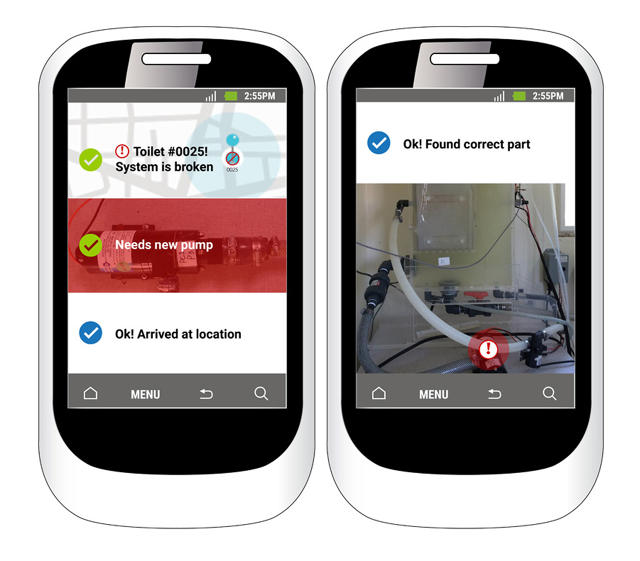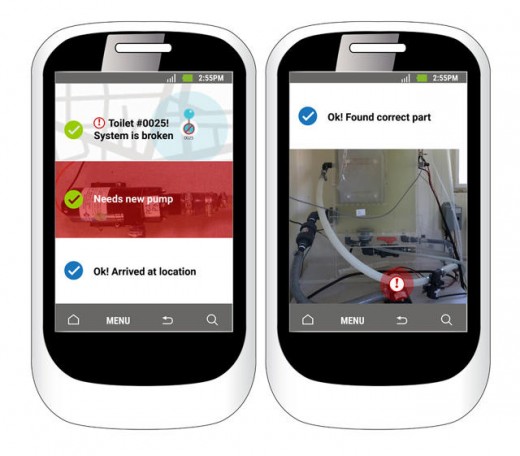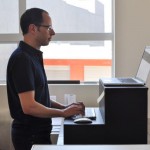This Gates-Funded bathroom Of the long run Is built So any individual Can repair It
Caltech is creating an affordable, protected, and easy rest room for the two billion people who still lack sanitation. however constructing a cool product is really the straightforward part.
June 23, 2015
there isn’t a point to growing fancy new expertise for the developing world should you would not have a plan to deal with it. historical past is full of improvements that by no means took off because inventors didn’t believe what would possibly go unsuitable as much they did what might go right, and the creating world is stuffed with broken wells, water pumps, and low-cost tablet computer systems.
The staff behind Caltech’s “toilet of the long run” hopes not to make that mistake. Alongside the subtle sun-powered treatment unit it’s developed, it is also working on a sensor device that minimizes the necessity for knowledgeable repair. this option may be key to creating the undertaking an on-the-floor success, versus only a nice product.

First, some historical past. The Caltech crew, led through Michael Hoffmann, first won the Gates groundwork’s Reinvent the bathroom challenge again in 2012. The challenge was once to create a cheap, safe, and smooth bathroom for the 2 billion-plus people on the earth who still lack sanitation. Caltech’s prototype took solar power and, through a biochemical reactor, turns poop-and-pee slurry into clear, sterilized water. It even developed technology that produces hydrogen and fertilizer as byproducts (though it can be not put in in the models presently in full testing).
Caltech is trialling aspects of its machine in three locations. Mahatma Gandhi university, in Kerala, India, has a full bathroom and treatment system. About 10 folks a day use it. Then there’s installation in Ahmedabad, in northern India, where the remedy unit is connected to Eram Scientific’s self-cleansing “eToilet.” And, third, in China, an engineering staff is working with a govt agency on a bathroom housed inside a transport container. It plans to send bogs, in response to Caltech water treatment expertise, to colleges in South Africa.
however the Caltech crew nonetheless realized it wanted to deal with the upkeep difficulty. “we’ve got been within the container with this sanitation device for some time, and we now have observed that things generally tend to break down, like several product,” says Cody Finke, who leads tool development on the undertaking. “the difference between know-how in the developed world and the developing world is that after issues ruin down within the creating world, they don’t are likely to get fixed. Even with all the spare elements and directions, people lack the abilities to restore things.”

the bathroom is supplied up with sensors that display leaks, water clarity, particulates in the water, pressure, and voltage. in the event that they in finding a problem, they alert an operator who will get an image of precisely where the problem is, and precisely the screws that need to come out to replace the dangerous part with a new one. “there isn’t any prognosis on the operator’s part. it is extremely simple,” Finke says. “And it doesn’t truly matter how the phase is broken, as a result of in each and every case, the device is simply fixed by way of replacing the section.”
The Caltech Sanitation undertaking lately gained first prize in Vodafone Americas foundation’s wireless Innovation mission problem, an accolade that includes $300,000 over three years. Finke says the cash will go against refining the system app (the interface was once designed by way of Anastasia Hanan), and making improvements to the way in which the sensors have interaction with the device.
Some have mocked Caltech for developing complicated technology when the underlying downside is quite basic—and you possibly can think—relatively low-cost to care for. but Clement Cid, another researcher on the venture, counters that the chinese language model of the bathroom costs simplest $15,000, which means it meets the Gates basis’s authentic target of sanitation for 5 cents per person per day. The Mahatma Gandhi college model, which is being developed with Kohler, a plumbing products provider, is prone to be priced at greater than that. but then it is going to almost certainly be offered to rental building homeowners, not the common individual on the road.
Finke says his upkeep machine will lend a hand preserve prices down through lowering the need to appoint trained experts. “We do predict the cell maintenance part will deliver down the lengthy-time period value. we’ll be capable to rent people who are not engineers. Single operators will take care of many techniques, on the way to permit the distributed sanitation way to scale to wish.”
[All Images: courtesy The Caltech Group]
(135)














